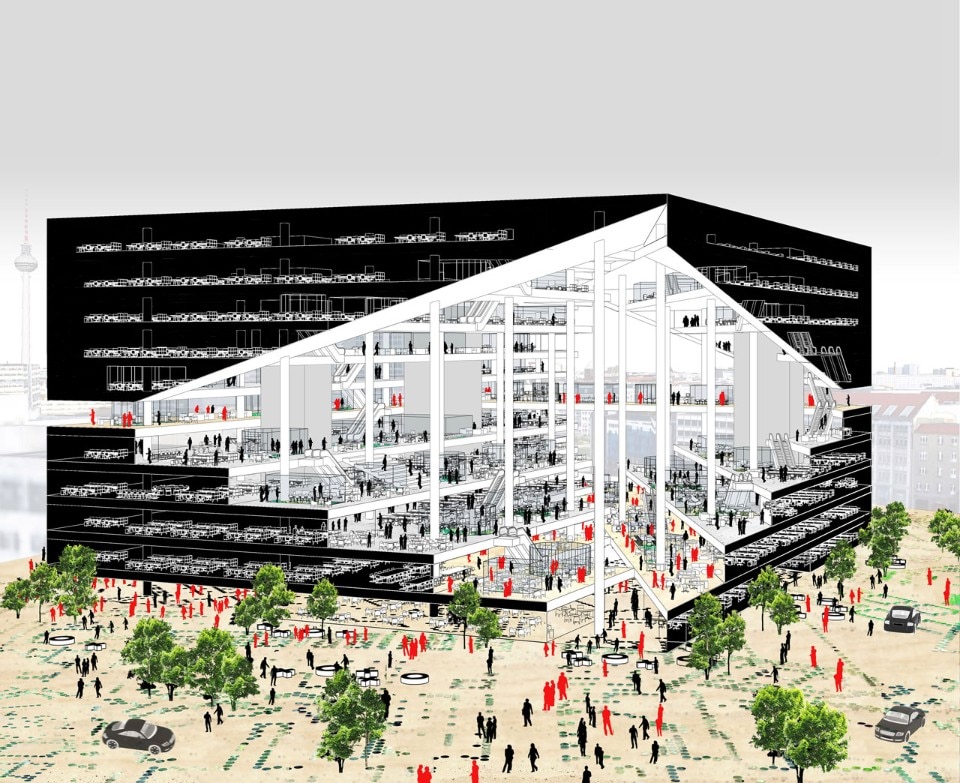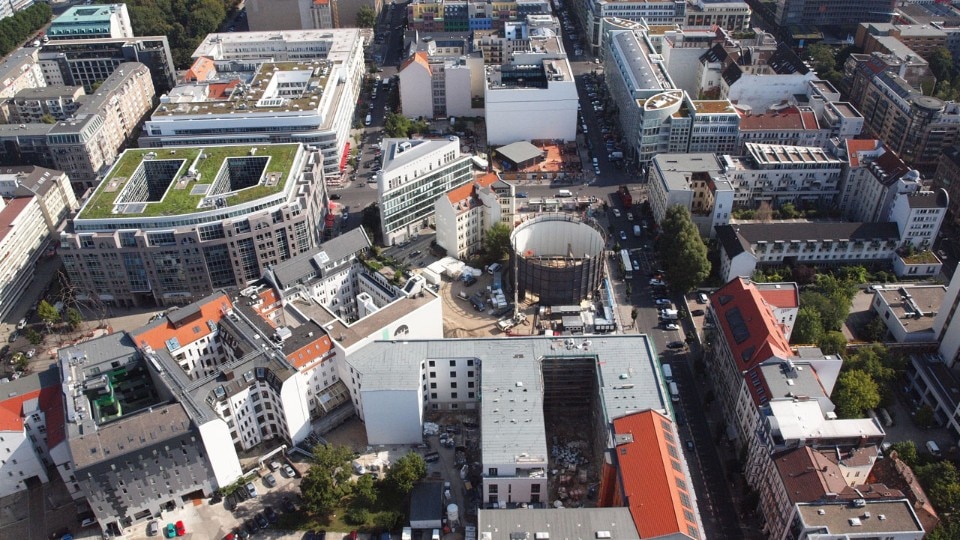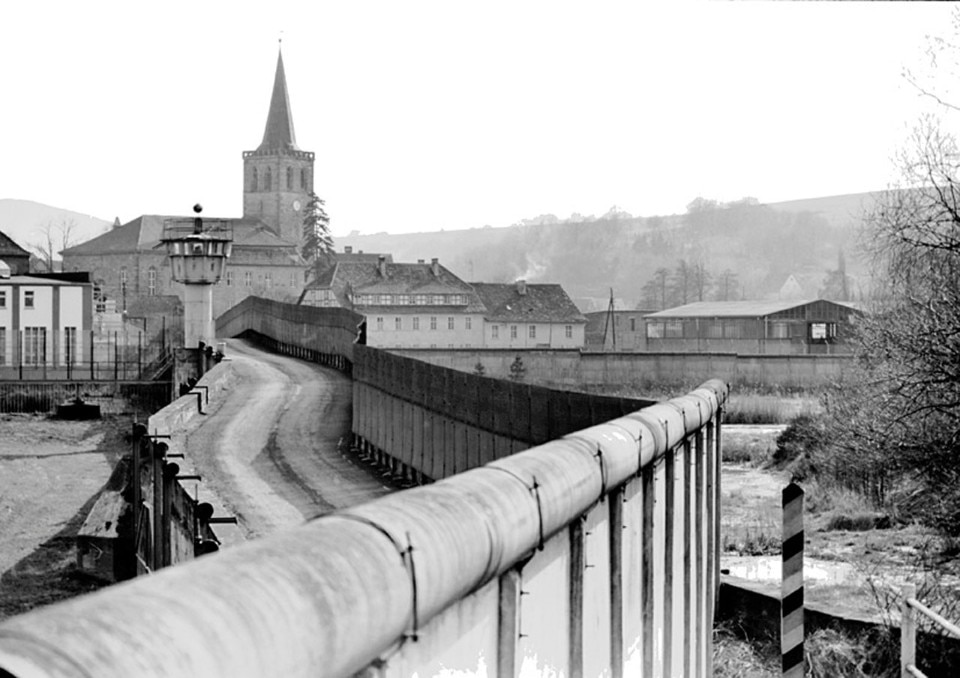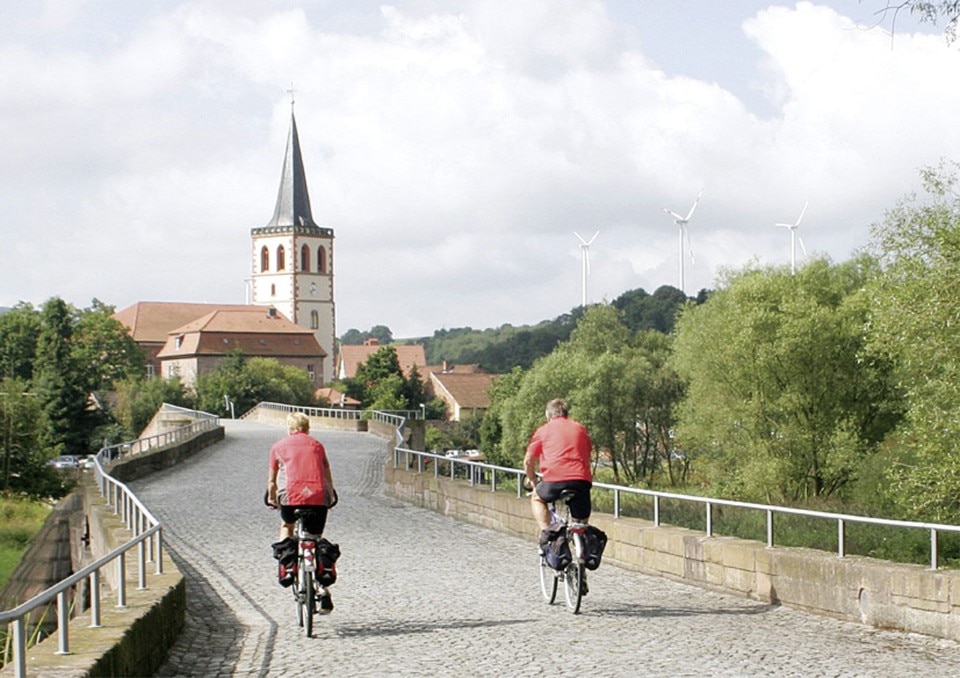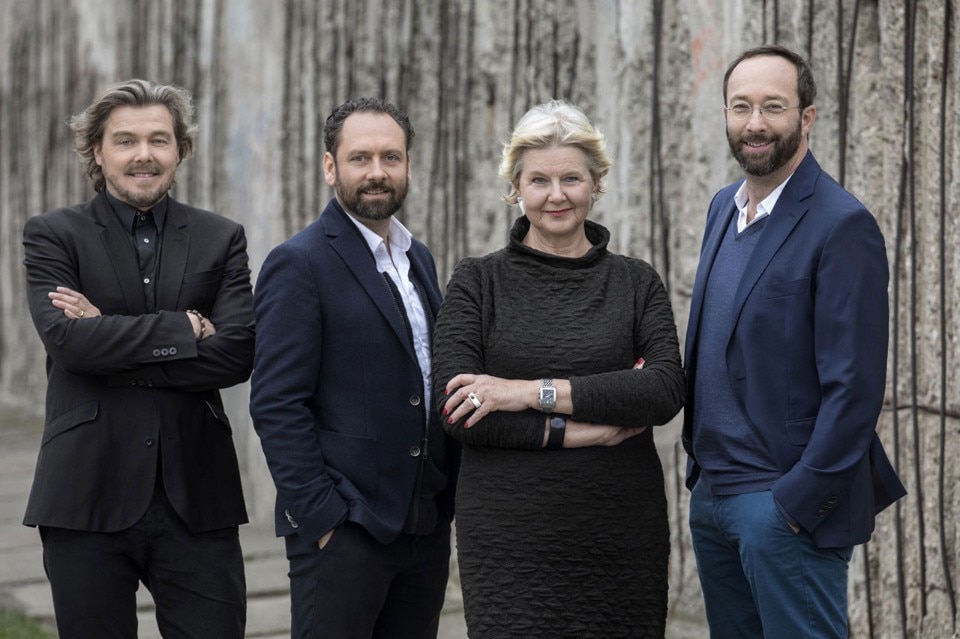“Circle day”. That’s how some Germans like to refer to February 5, 2018: this date marks 28 years and almost 3 months since the fall of the Berlin Wall on November 9, 1989. Last Monday, the Wall was gone for exactly as long as it once stood (it was thrown up overnight, on 13 August 1961).
On the so-called “circle day”, a powerful symbol of liberation and rebirth, GRAFT Architects in cooperation with German politician Marianne Birthler presented first details of their concept for this year’s German Pavilion at the 2018 Architecture Biennale in Venice. Curated by Grafton Architects co-founders Yvonne Farrell and Shelley McNamara, the 16th International Architecture Exhibition will be open to the public from May 26 until November 25, 2018.
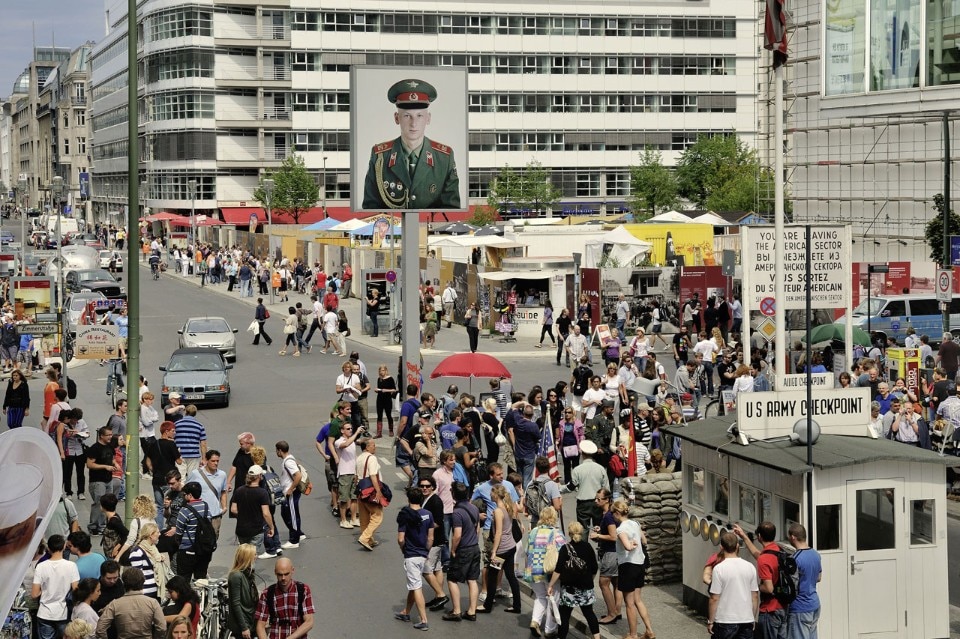
For their Venice Biennale exhibition “Unbuilding Walls”, curators Thomas Willemeit, Wolfram Putz, Lars Krückeberg, and Marianne Birthler inevitably take Germany’s reunification as a starting point, but they don’t miss to open up a broader, international perspective, for they address urgent questions of our time: nationalism, protectionism, and division. Almost a quarter of a century after the Iron Curtain came down, in an age when globalization is supposed to tear the barriers down, we still live in a walled world, and separation barriers – both in steel and concrete as well as political and digital – remain one of the most discussed topics. One can think of U.S. President Trump’s signature campaign pledge to build a $25 Billion wall with Mexico, or the Brexit move, just to name a few significant examples.
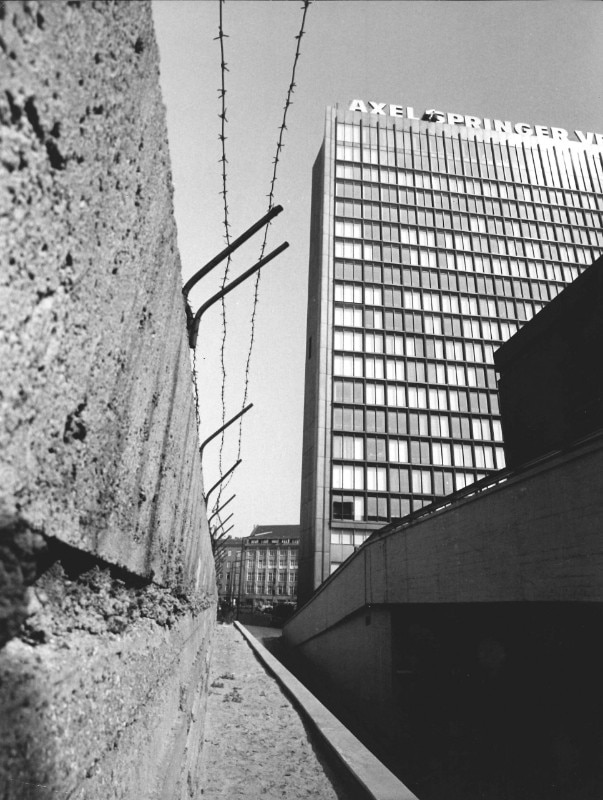
Reflecting on “circle day” and six of the major separation barriers of our time (i.e. the U.S.-Mexican border, the Israeli West Bank barrier, the border between North Korea and South Korea, the barrier dividing the island of Cyprus into two parts, the Northern Ireland border, and the outer borders of the EU), curators GRAFT Architects and Marianne Birthler explore the many layers related to the concept of “wall”: not just the political and economic, but also the social and cultural aspect. How does daily life against the backdrop of a border fence look like? And does a border really disappear in one’s head once it’s demolished? How can architecture contribute to the healing process?

“Unbuilding Walls” responds to the theme of the forthcoming biennale chosen by Grafton Architects, “Freespace”, which will celebrate "generosity and thoughtfulness," and "a desire to engage.“ According to the Directors of this year’s International Exhibition, “Freespace” will “reveal diversity, specificity, and continuity in architecture. Together," they stated, "we can reveal the capacity of architecture to connect with history, time, place, and people.“ Visitors of the German Pavilion will be able to witness twenty-eight outstanding examples of urban and architectural design that address aspects of division and integration. All these projects involve the reactivation of empty, residual urban spaces resulting after the Wall’s collapse – twenty happen to be in the German capital itself, while the remaining eight are related to the so-called “Mauerstreifen” (the German expression which indicates the death strip running along the former East German border) throughout the country.
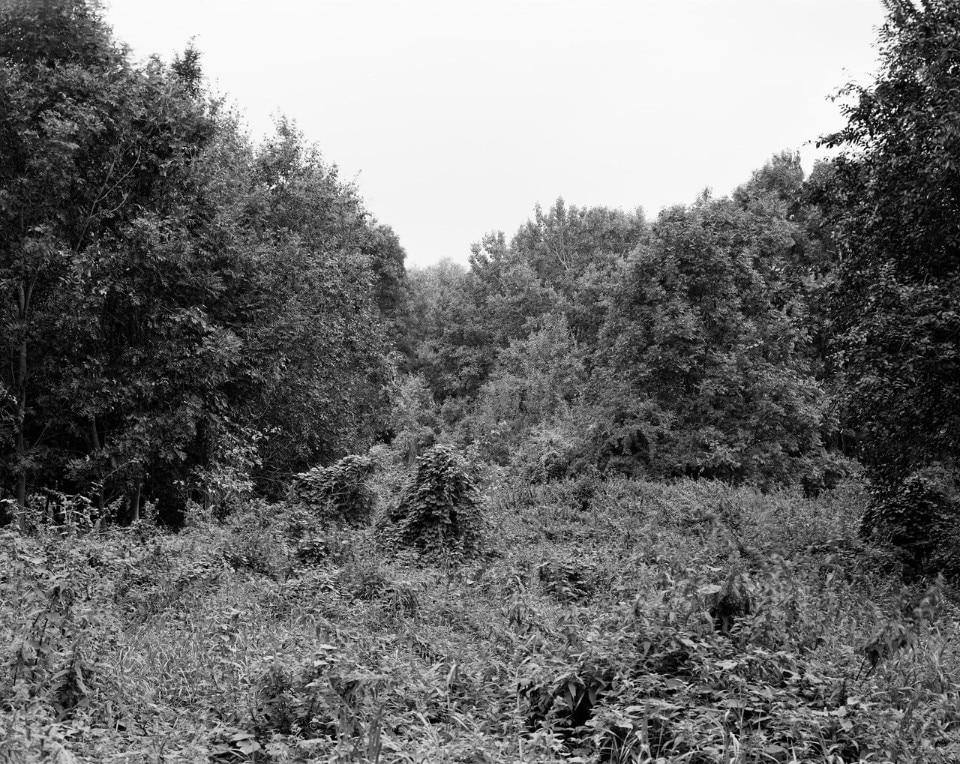
At the press conference last Monday the curatorial team unveiled four of the selected projects: publishing house Axel-Springer’s new campus building designed by OMA, with a 30-meter-high diagonal atrium that symbolizes both the void left by the Wall and the city’s reunification; Checkpoint Charlie, the former crossing point between the American and Soviet sectors and one of the most powerful symbols of the Cold War; the Iron Curtain Trail cycle route, which stretches for 10.000 kilometers, from the Barents Sea on the Norwegian-Russian border to the Black Sea on the Bulgarian-Turkish border; and the fourth one, a group of more than fifty villages situated near the former border, which were forcibly depopulated by the Socialist Unity Party (SED) between 1953 and 1961.
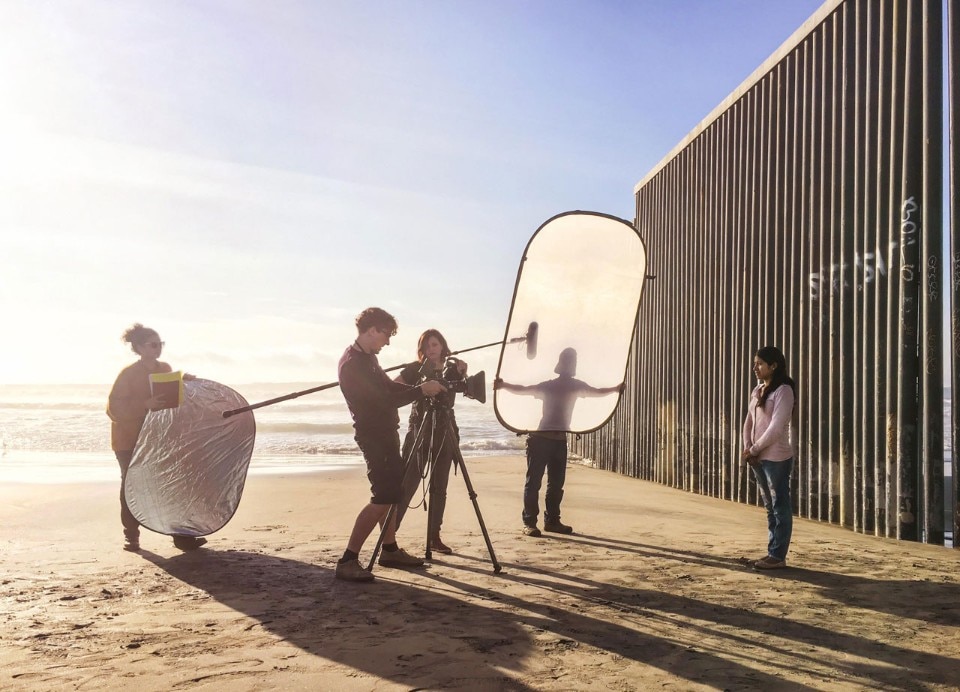
Furthermore, “Unbuilding Walls” will showcase image and video material collected by a team of journalists who are currently visiting several borderlands across the world on behalf of the curators.
- Title:
- German pavilion. Unbuilding Walls
- Venue:
- 16th International Architecture Exhibition
- Opening dates:
- 26 May – 25 November 2018
- Address:
- Giardini della Biennale, Sestiere Castello, Venice


